Is Iran a Good Destination for a Facelift
Iran can be the best destination for a facelift offering the most reasonable price in comparison to the other countries. Also, Iranian plastic surgeons are absolutely among the best all around the world in terms of skill and experience. Besides, you can find the most highly modern clinics, and hospitals along with their skilled staff in Iran according to world-class standards not only in the Middle East but all over the world.
Reasons to Choose Iran for a Facelift
If you are deciding to go for a facelift and wondering where is the best place to do so, Iran can be considered a top destination for the remarkably key reasons described below:
Affordable Cost of Facelift in Iran
Cosmetic surgeries and services are pretty costly these days and facelift is no exception in this manner. Instead, Iran is the place that can offer the most economically affordable prices to dear health tourists deciding to leave their aesthetic and medical procedures in the hands of Iranian surgeons.
Proficient Surgeons and Doctors in Iran
Facelift surgeons in Iran are considered the most skillful and experienced among their other colleagues around the world due to the fact that every day hundreds of people undergoing facelift surgery in Iran are happy with the outcome which is perfect proof of the skill of the doctors and the safety and efficacy of such surgery in Iran.
It must be added that Iran has the finest plastic, especially facelift surgeons in the world who are all board-certified. They all have received their fellowships and training from major medical schools and colleges in the field of cosmetic and reconstructive plastic surgeries such as maxillofacial and oral surgery.
Statistics demonstrate a proven record of successful facelift lift surgeries in Iran which you can surely rely on receiving a safe and effective facelift by Iranian facelift surgeons resulting in bringing a rejuvenized face to you.
Iranian doctors dedicate all their energy and time to understanding the patient’s needs and making their wishes and preferences come true. In fact, this covers pre-operative conversation and consultation between the doctor and the patient, additionally post-operative care and supervision. The Iranian facelift surgeons’ unrivalled skill is being capable of utilizing an individualized approach for each patient to achieve the best possible outcomes.
Since there is a high demand for facelift surgery in Iran, a vastly precious experience has been gained overtime by Iranian cosmetic surgeons through performing numerous rhytidectomy procedures.
Modern Hospitals and Clinics
As there is an increasing tendency among people toward cosmetic procedures, there are so many hospitals and specialized beauty clinics in major cities in Iran providing a wide variety of high-tech equipment, as well as, competent and professional staff.
The government in Iran, in recent years, has decided to make crucial improvements in the medical tourism industry. This is why Iran has made significant developments in medical infrastructure with world-standard hospitals equipped with the latest medical and non-medical facilities.
How Much Is the Cost of Facelift in Iran?
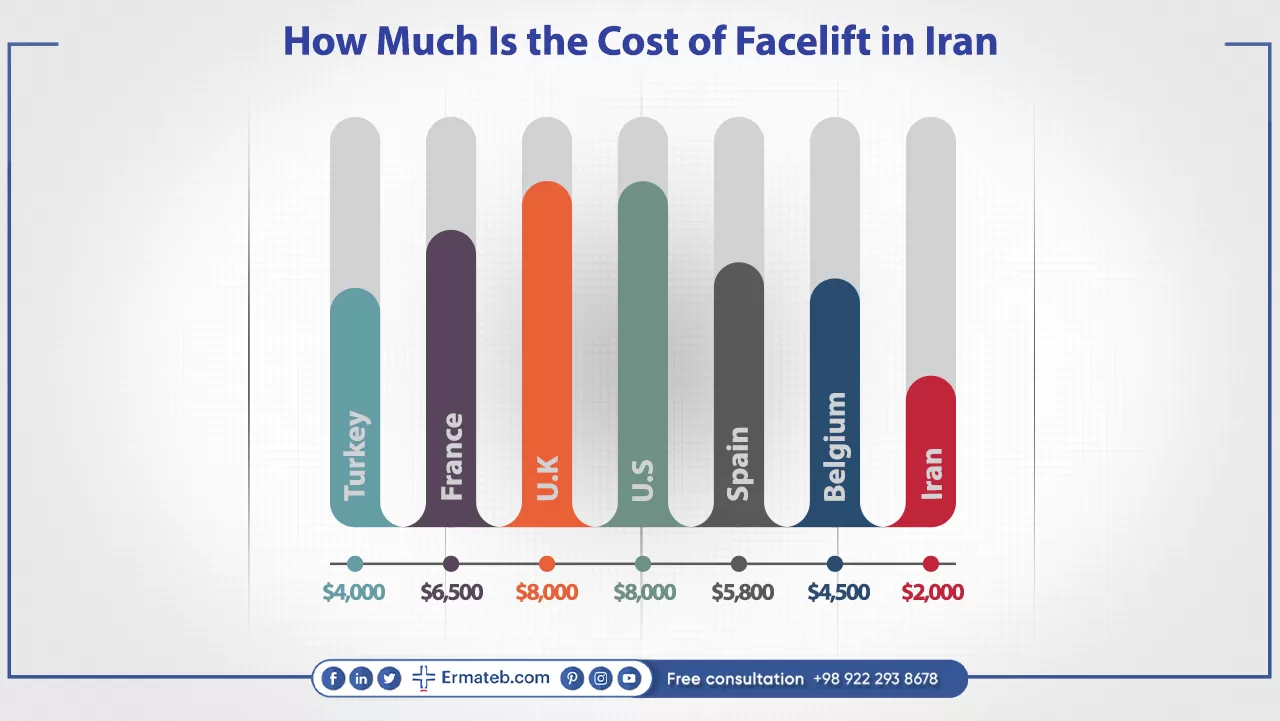
Rest assures, these enhancements come at an extra cost ranging from $200 to $500. The beauty of choosing Iran for your facelift lies not only in its skilled surgeons but also in its ability to provide cost-effective medical tourism services.
When you compare the facelift prices internationally, Iran stands out as a beacon of economical high-quality medical tourism. While Belgium charges around $4,500, France demands $6,500, Spain sets the cost at $5,800, and Turkey estimates around $4,000, Iran maintains its competitive edge at just $2,000. Notably, the prices in the U.S. and the U.K. soar to $8,000, excluding additional expenses like anesthesia, clinic fees, and medications.
For those seeking not only surgical excellence but also financial prudence, Iran emerges as a top destination for facelift surgery. Feel free to reach out if you’re ready to embark on your transformative journey and receive and updated quote for your facelift surgery in Iran.
Different Types of Face lift Cost in Iran with Ermateb |
|
| $1700 | Upper Facelift |
| $1600 | Mid Facelift |
| $1500 | Lower Face lift |
| $3200 | Deep Plane Facelift |
Why Should You Choose Ermateb?
Ermateb complex is a facilitator in the medical tourism industry. One of the primary goals of this cooperation is to provide the best medical services with the highest quality.
In this Group, we consider the commitment and responsibility for the welfare and comfort of patients as a turning point to provide the best services in the field of medical tourism.
Ermateb has arranged and gathered together the most professional and top hospitals, clinics, and doctors who are the best in their field of work.
Everything is ready to help our customers in terms of choosing the best surgeons in order to have their facelift in Iran.
Obtaining a visa, booking flight and accommodations, in addition, transfer services including, picking you up at the airport, transferring to your hotel and hospital, and assigning a personal interpreter and guide in order to help you during your stay and medical procedure, and providing post-operative care, following up the patient and related consultations.
Whats really is Facelift or Rhytidectomy ?

According to JAMA Medical Journal definition a “face-lift” technically called “Rhytidectomy” is a cosmetic surgical procedure to rejuvenate the face and neck.
Rhytidectomy surgery is aimed at bringing youth and attraction back to the face and reducing sagging skin resulting from ageing, including creases and facial wrinkles.
A facelift reshapes the lower half of the face by removing excess skin and unwanted wrinkles. In fact, a facelift tightens loose skin and firms sagging facial tissues, plus removes deep creases around the mouth and nose, and also the fat under the chin and the neck.
Furthermore, it can help to create smooth folds of skin on the cheeks and jawline.
Facelift surgery can be combined with a neck lift, brow lift, and any other required facial procedure so as to generate a satisfactory outcome.
Advantages of Facelift in Iran
A single facelift session can yield remarkable improvements, addressing imperfections like an uneven nose or a prominent chin with swift and efficient precision courtesy of skilled cosmetic surgeons. The benefits extend beyond mere aesthetics; it is a beacon of quick, efficient improvement for those seeking enduring results without the hassle of temporary solutions or repetitive treatments.
Embarking on a facelift journey in Iran is an investment in lasting transformation. The results achieved through this surgical procedure can endure for an impressive 10 to 15 years or more, ensuring that the next decade showcases a visage ten years younger than your actual age. Save yourself from exploring alternative treatments that may fall short and opt for the long-lasting solution a facelift in Iran can deliver.
The postoperative effects of a facelift in Iran are nothing short of enchanting, offering a myriad of advantages, including:
- Facial Rejuvenation: Experience a revitalized and refreshed appearance.
- Refined Lines and Curves: Witness the improvement of facial lines and contours.
- Boosted Self-Confidence: Enjoy an enhanced sense of self-assurance.
- Skin Freshness: Revel in increased skin vibrancy.
- Elimination of Wrinkles: Bid farewell to bothersome skin wrinkles.
The multifaceted advantages of a facelift extend beyond the physical, contributing to a renewed sense of self and an appearance that defies the passage of time. Embrace the transformative power of rhytidectomy in Iran, where skilled surgeons craft a narrative of enduring beauty and confidence.
Different Types of Facelift in Iran

A Rhytidectomy often referred to as Face-lift is a surgical procedure aimed at improving visible signs of ageing in the face and neck. In general, a facelift refers to any facial procedure involving face rejuvenation by eliminating ageing signs of a bent way and sagging skin. In this respect, what comes first to people’s minds would be a non-surgical facelift such as Botox and fat injection, Ultherapy, dermal fillers, etc.
But we intend to talk about a surgical facelift procedure which includes innumerable versions. Choosing either of these surgical procedures depends on the patient’s preference and more importantly, the surgeon’s determining which one achieves the best possible result.
Different types of rhytidectomy include:
Mini Facelift
A mini facelift is a modified version of a traditional facelift. In this version, the surgeon uses small incisions around your hairline to help the lower half of your face to help correct sagging skin
S-Lift
The S-lift is a kind of mini-facelift procedure that aims to improve the appearance of mild to moderate face and neck sagging, in fact, restoring a more youthful and refreshed appearance. This procedure is much less invasive than a traditional facelift, offering shorter recovery times, fewer risks and less extensive incisions.
Mid-Facelift
The mid-facelift or cheek lift is a minimally invasive procedure that restores the natural convexity to the eye-lid-cheek region and reduces excessive wrinkling by using the patient’s own tissues. The goal of this kind of facelift is to reposition the descended skin and fat of the cheek with no visible scars.
Upper Facelift
An upper facelift which is also known as a brow lift, forehead lift, or eyebrow lift is typically performed on the area above the corners of the eyes. As the procedure effectively returns youth to the eyes, patients with sagging skin or wrinkles on the forehead or brow line will benefit the most.
Vertical Facelift
Particularly effective for cheek lifting, addressing smile lines, and improving a sagging jawline, the vertical facelift utilizes incisions in the temporal area. Unlike lateral pulls, the skin in uplifted vertically, yielding targeted and rejuvenating results.
Lower Facelift
A lower facelift targets everything below the corners of the mouth. This type of facelift procedure lifts and tightens loose skin and smooths deep wrinkles of the lower third of the face for a more youthful facial appearance. A lower facelift will improve the jowls, the jawline, and the neck and chin areas will be combined with a neck lift. ( Read more about Neck Lift in Iran )
Cutaneous Facelift
A cutaneous facelift is a type of plastic surgery procedure targeted to skin laxity. Unlike the other traditional facelift techniques, where skin, excess fat, and underlying muscle is altered, cutaneous facelift addresses only excess and loose skin.
Ponytail Facelift
Ideal for individuals under 50 experiencing early signs of aging, the Ponytail Facelift is a minimally invasive procedure performed under local anesthesia. Small incisions along the hairline are made, and the skin is gently stretched, providing a subtle yet effective rejuvenation in approximately one hour.
Temporal Facelift
A temporal facelift uses the same incisions placed in the hairline at the temples and involves any incision down in front of the patient’s ear (in the crease). Then the tissues are moved to the side and diagonally up and away from the center of the face.
Forehead Lift (Upper Facelift)
The brow lift, or upper facelift, stands as a transformative procedure targeting wrinkles in the upper third of the face. Through incision discreetly placed within the hairline, skilled surgeons tighten both skin and underlying muscle tissue, reducing forehead wrinkles and lifting eyebrows. Often combined with eyelid lift surgery, this comprehensive approach results in a harmonious facial rejuvenation, delivering a rested and refreshed appearance. The procedure’s discreet scars and the synergistic effects of eyelid and brow lifts make it an effective solution for those seeking to minimize signs of aging in the upper face.
Minimal Access Cranial Suspension Lift (MACS)
The minimal access cranial suspension (MACS) facelift is a minimally invasive face and neck lift that uses the understanding of the changes in facial anatomy as it comes from facial ageing. This procedure uses a shorter incision with limited subcutaneous undermining.
SMAS Facelift
Focused on the inferior two-thirds of the face, the SMAS facelift is less invasive than traditional facelifts. It targets the superficial muscles of the skin, with incisions made in the temple areas and extended to the inferior postauricular area. This approach achieves effective results with less extensive surgery.
Quick Lift
The Quick lift is a procedure that tightens and removes saggy skin on the face. It is a minimally invasive procedure that offers a quick recovery time, in contrast to traditional facelifts. This kind of lift is performed by elevating the SMAS with a special type of suture.
Endoscopic Facelift
An endoscopic facelift works to tighten and reshape the patient’s underlying facial muscles and tissue in order to achieve a more youthful look. The procedure aims at the upper and the middle third region of the face and is optimal for improving issues like frown lines between the eyes.
Traditional Facelift
The traditional facelift is possibly the most renowned type of facelift, as it has been the main-chosen procedure performed by doctors for decades. This is an invasive cosmetic procedure used to reposition the skin and the muscles on the face and also the neck. It helps to improve the overall jawline. The surgeon pulls back the skin on the face contributing to eliminating sagging muscles, as well as, wrinkles and deep lines. Furthermore, they will trim away excess skin to create a more refreshed and youthful appearance.
MADE Facelift
The Minimal Access Deep Plane Extended (MADE) Vertical vector or short-scar facelift is a procedure designed to address issues from previous surgeries with high revision rates, especially those using only the SMAS technique. This facelift targets the middle and lower parts of the face and upper neck for rejuvenation. What sets it apart is the use of a short scar, and there’s no incision along the back of the hairline. This unique combination enables a significant up-and-down movement of the midface and jawline, resulting in a more youthful appearance.
Nonsurgical Facelift Methods in Iran
Experience facial rejuvenation without the need for surgery with nonsurgical facelift options available in Iran. This innovative approach combines various minimally invasive procedures, eliminating the need for large incisions, general anesthesia, or prolonged hospital stays. Treatments are conveniently administered in a specialist’s office, offering a tailored and patient-centric experience.
Nonsurgical facelifts effectively address a range of cosmetic concerns, including deep creases, loose skin, thinning lips, sunken cheeks, large pores, acne scarring, and the loss of facial volume. Here you can explore the diverse options for nonsurgical facelifts in Iran:
1. Thread lifts:
A thread lift is a type of procedure in which temporary sutures are utilized to produce a subtle but visible lift in the skin. The plastic surgeon simply suspends the facial skin by stitching portions of it, instead of surgically eliminating the patient’s loose facial skin.
These dissolvable threads are strategically inserted under the skin to lift sagging tissue and stimulate collagen production, delivering a subtle facelift effect without surgery.
2. Ultherapy:
Focused ultrasound tightens and lifts the skin from deep within, improving mild sagging and wrinkles. Multiple sessions are typically recommended for optimal results.
3. Face Masks:
Medical-grade silicone or hydrogel face masks, when applied, temporarily tighten the skin, providing a lifting effect.
4. Filler Injection:
Hyaluronic acid dermal fillers are skillfully used to temporarily plump depressed areas of the face, restoring lost facial volume with results lasting 6-18 months.
5. Fat Injection:
Adipose tissue extracted through liposuction is processed and re-injected into the face to increase facial volume.
6. Laser Skin Tightening:
Non-ablative lasers heat the dermis, causing gradual tightening through new collagen formation. Additional treatments offer progressive results.
7. Profhilo:
An injectable biostimulator, Profhilo boosts collagen and elastin, providing a light facelift effect when administered skillfully.
These options can be pursued individually or as part of a multi-modal nonsurgical facelift approach, catering to patients seeking facial rejuvenation without surgical intervention. Iran boasts highly qualified aesthetic injectors and dermatologists proficient in these techniques.
Which Type of Facelift Has the Longest-Lasting Results?
When it comes to achieving the longest-lasting results in facial rejuvenation, the deep plane facelift stands out as a superior technique. This method goes beyond surface-level adjustments, addressing the deeper musculature of both the face and neck to comprehensively lift, tighten and reshape sagging features.
Distinguishing itself from other facelift approaches, the deep plane facelift focuses on repositioning deeper facial tissues rather than solely pulling the skin. This distinction contributes to its remarkable longevity, with effects that can endure for an impressive 10-15 years for many patients.
Undoubtedly, the deep plane facelift demands a high level of surgical skill. However, the trade-off is well worth it, as the procedure delivers more than just immediate changes. When executed properly, it provides patients with results that are not only dramatic and natural-looking but also stand the test of time. The ability to turn back the clock in a lasting manner has led patients to report feeling refreshed and renewed, even a decade after undergoing the deep plane facelift. This longevity factor makes it a top choice for those seeking enduring and transformative facial rejuvenation.
Who is a Good Candidate for a Facelift in Iran?
Determining the suitability for a facelift involves various factors to ensure optimal results. Facelift surgery is typically recommended for individuals whose facial and neck skin show signs of sagging, yet still maintain some elasticity. This procedure is commonly performed between the ages of 40 and 70, with successful outcomes achievable even for older individuals in good general health.
- Skin Elasticity: Ideal candidates possess flexible and highly elastic skin, allowing for effective lifting and reshaping.
- Realistic Expectations: Those with a clear understanding of the potential impact of the procedure and realistic expectations make excellent candidates
- Strong Bone Structure: A firm and well-defined bone structure enhances the overall success of the facelift surgery.
- Good General Health: Individuals in good general health, without chronic illness that could compromise wound healing, are considered suitable candidates.
Factors such as having a positive attitude, being a non-heavy smoker, and feeling that facial concerns impact personal and professional aspects contribute to the candidacy for a facelift in Iran. Before the surgery, thorough evaluations, including X-rays, blood tests, and ECG, are conducted to ensure precise planning and assess overall health. Preparing for the surgery may involve lifestyle adjustments, such as ceasing smoking and alcohol consumption to bolster the immune system, contributing to a successful facelift experience.
What Is the Best Age to Have a Facelift in Iran?
When considering a facelift in Iran, the ideal age range generally falls between 40 and 70 years old. During this period, individuals often notice early signs of aging, such as skin laxity the emergence of jowls, and loosening neck skin.
Opting for a facelift in the earlier stages of aging can yield significant benefits, providing patients with a revitalized facial skin and contours. The highly skilled plastic surgeons in Iran possess extensive experience in performing facelifts on individuals ranging from their 40s to 60s and beyond.
The evaluation process involved assessing factors like the extent of skin sagging, bone structure, fat distribution, and muscle tone. This evaluation helps determine whether a patient is an ideal candidate for a facelift procedure.
While facelifts can be performed both earlier and later in life, individuals often achieve optimal and longer-lasting results when the procedure is undertaken within this prime age window. The combination of expertise offered by Iranian surgeons and the cost-effectiveness of facelift in Iran, compared to many other countries, positions the country as a sought-after destination for facelift tourism.
How You Prepare Before a Facelift Surgery
Preparing for a facelift in Iran involves similar steps to those taken before any surgical procedure. Before the surgery, your doctor is likely to request a preoperative assessment to examine your overall health. Subsequently, certain preoperative steps need to be followed:
1. Consultation with Specialist:
This emphasizes the importance of scheduling a consultation with a skilled cosmetic specialist before undergoing a facelift in Iran. The purpose is to seek guidance from an experienced professional who can provide valuable insights into the procedure.
2. Discussing the Expectations and Concerns:
During the initial consultation, patients are encouraged to openly discuss their expectations, goals, and any concerns they may have. This ensures that both the patient and the cosmetic specialist have a clear understanding of the desired outcomes.
3. Medical History:
The surgeon takes a comprehensive approach by evaluating the patient’s medical history. This involves inquiring about prior surgeries and conduction and overall health assessment, providing crucial information for a safe and tailored facelift procedure.
4. Facial Examination and Image Capture:
A detailed examination of the face is performed, capturing images for medical records. This step allows the surgeon to visually assess the patient’s facial features, aiding in the planning and execution of the facelift.
5. Lab Tests:
Lab tests may be included in the pre-operative assessment to gather additional health-related information. This helps ensure that the patient is physically prepared for the facelift procedure.
6. Smoking and Medication Discontinuation:
Patients are advised to discontinue smoking and certain medications know to impact bleeding. This step is essential for minimizing potential risks during and after the facelift surgery.
7. Complete Medical History and Physical Examination:
A thorough examination of the patient’s complete medical history and a physical examination follow, addressing past medical conditions, surgeries, and lifestyle factors. This holistic approach contributes to a more comprehensive understanding of the patient’s health.
8. Analysis of Facial Structure and Features:
The examination involves close-up photos and an analysis of various facial aspects, including bone structure, facial shape, fat distribution, and skin quality. This comprehensive analysis guides the surgeon in determining the most suitable approach for the facelift.
9. Determining Suitable Facelift Approach:
Building on the facial analysis, this step involves determining the most suitable facelift approach tailored to the individual patient. This personalized approach is essential for achieving optimal and natural-looking results.
10. Pre-surgery Hygiene Instructions:
Patients are provided with specific pre-surgery hygiene instructions, such as washing the face and hair with antimicrobial soap on the day of the procedure. This ensures a clean and sterile surgical environment for a successful facelift.
11. Avoid Eating:
You will be required to avoid eating after midnight the night before the facelift surgery. You will be allowed only to drink water and take medications prescribed and approved by your doctor.
12. Follow Medication Instructions:
You will receive instructions about the medication you have to take and when to stop them. You will be probably asked to avoid taking drugs or supplements that thin the blood at least two weeks before the surgery. Your doctor will prescribe which medications are safe and you are allowed to take, plus what dosage for each drug should be adjusted.
13. Arrange for Help During the Post-Operative Care and Recovery:
Typically, a facelift is done as an outpatient procedure, and you will need someone like a close member family, a loved one, a friend or anyone who can accompany and take care of you after the surgery. No need to worry if you are on your own, Ermateb complex, fortunately, will arrange a 24/7 guide, and also a driver for picking up and dropping off services for doctor’s visits and emergency situations.
How Is Facelift Surgery Done in Iran?

Facelift surgery in Iran typically takes around 1-2 hours and the full recovery period lasts 1-2 weeks.
The procedure involves the following steps:
Step 1 – Anesthesia
Medications are administered for the patient’s comfort during the surgical procedure. Face-lift or Rhytidectomy is normally done under general anesthesia or intravenous sedation which would be determined by the doctor what’s the best choice for the patient.
Step 2 – The Incision
A typical facelift incision often begins in the hairline at the temples, continues around the ear and ends in the lower scalp. Fat might be sculpted or redistributed from the face, neck, and jowls and underlying tissue is repositioned, commonly the deeper layers of the fat and the muscles are also lifted. Moreover, skin is redraped over the uplifted contours and excess skin is trimmed away.
Sometimes it might be necessary to make a second incision under the chin to further improve an ageing neck and sagging skin.
If a neck lift surgery is also desired, the incision will be continued from the earlobe to the ear. The surgeon repositions excess fat and tightens facial muscles. After that, the skin is lifted and stretched into place, and any excess skin is removed.
Step 3 – Closing the Incisions
The last step, in the operation, is to close the incisions with sutures that may dissolve or may need to be removed after a few days by the doctor. Also, some doctors utilize skin glues to seal the incisions.
Step 4 – See the Results
The visible improvements of the facelift appear when swelling and bruising subside. Once healed, the incision lines from a facelift are well concealed within the hairline and in the natural contours of the face and ear. The final results not only restore a more youthful and rested appearance, but it also helps you feel more confident about your look and face.
Recovery Phase After Facelift in Iran
Following a facelift procedure, postoperative care is crucial for optimal results. Common experiences in the aftermath include mild to moderate pain, temporary discharge, swelling, bruising, and numbness. Incisions are typically covered with bandages to minimize swelling, and a drain may be placed behind the ears to manage excess fluid. It’s important to rest with your head elevated and avoid strenuous activities for a few weeks. Sexual activity is restricted for up to two weeks, and prescribed painkillers should be used as directed.
During the First Week:
- Patients often resume normal life within one to two weeks.
- Discomfort, pain, and skin tightness typically diminish by the end of the first week.
The Second Week:
- Reduced swelling and bruising.
- Possible suture removal as part of the wound healing process.
- Gradual return to normal activities and light work.
By the third week, patients are permitted to engage in all regular daily activities. The fourth week marks significant progress in the healing process, with diminished swelling and bruising. However, the incision area may remain red and uneven for several months before gradually smoothing out and becoming pale within 6 to 12 months.
It’s essential to follow your surgeon’s aftercare instructions diligently and promptly address any concerns or unusual symptoms. Consult your doctor for detailed information on medications, their proper usage, and any questions about the postoperative care of the operation site. Taking care of the wound and closely monitoring symptoms contribute significantly to a successful recovery and long-term outcomes.
Is Facelift Painful?
Facelifts are generally not characterized by extreme pain, although a certain level of discomfort is anticipated during the recovery phase. Here are key insights into the pain and discomfort associated with facelifts:
During Surgery: The actual facelift procedure is performed under general anesthesia, ensuring that patients experience no pain.
Initial Recovery Days: Mild to moderate pain may be encountered in the first few days post-surgery. Common discomfort includes soreness, swelling, and throbbing, with severe pain being a rare occurrence.
Prescribed Pain Medication: To facilitate comfort during the early recovery phase, physicians typically prescribe pain medication. This is generally required for the initial week.
Swelling and Numbness: Sensations of swelling and numbness around the face and ears may be peculiar but are not necessarily painful. Full sensation usually returns over several weeks.
2-3 Weeks After Surgery: For most patients, significant pain and acute discomfort diminish by 2-3 weeks post-surgery. Some lingering tightness and numbness may persist.
Surgeon’s Expertise: Opting for an experienced surgeon contributes to minimizing trauma and post-operative pain. Expertise often leads to a swifter healing process.
Pain Management Techniques: The application of cold compress and maintaining a head-elevated position can aid in alleviating pain and discomfort during the recovery journey.
Risks and Complications of Facelift

Facelift surgery, while generally safe, does carry potential drawbacks that merit consideration. It’s crucial to be aware of the following risks and side effects:
- Subcutaneous Blood Accumulation: A possible complication post-surgery.
- Anesthesia Risks: Inherent risks associated with the administration of anesthesia.
- Risk of Infection: Though rare, infections can occur and should be diligently managed.
- Skin Scars: Incision scars are a natural outcome of surgery; however, their visibility varies and they will fade over time.
- Nerve Damage: Potential for damage to facial nerves, requiring careful surgical expertise.
- Hair Loss in the Incision Area: A temporary side effect that resolves with time.
- Skin Damage in the Incision Area: Possible, but skilled surgeons work to minimize such effects.
- Blood Clotting: Monitoring and preventive measures are taken to reduce clotting risks.
- Swelling and Bruising: Common post-surgery effects that typically subside within weeks.
- Pain: Expected in the head and neck for the initial two weeks.
While acknowledging these potential challenges, it’s crucial to recognize that facelifts offer enduring benefits, such as facial rejuvenation, improved lines, enhanced self-confidence, increased skin freshness, and the reduction of wrinkles. Achieving optimal results necessitates collaboration with skilled surgeons, and patients are advised to weight both the risks and rewards before embarking on their facelift journey.
Facelift Results and Longevity
The ultimate outcome of a facelift becomes fully evident approximately 6 months after the procedure, allowing the face to settle into its new contours. While the results are transformative, it’s crucial to note that the effects are not permanent, given the natural aging process. Over time, facial skin may begin to sag again, yet the benefits of the facelift are anticipated to last between 5 to 10 years. Depending on individual skin conditions, achieving the desired outcome may require multiple procedures. Maintaining a stable weight is essential to prevent skin sagging and to optimize the longevity of facelift results. Additionally, incorporating a diligent skincare routine and adopting a healthy lifestyle can contribute to prolonging the positive outcomes of the facelift.

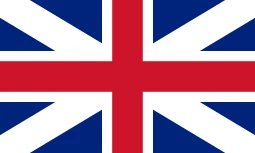
 Arabic
Arabic
 German
German
 Persian (Farsi)
Persian (Farsi)
 Russian
Russian
 Beauty
Beauty






 Medical
Medical





 Hotels
Hotels
 Hospitals
Hospitals







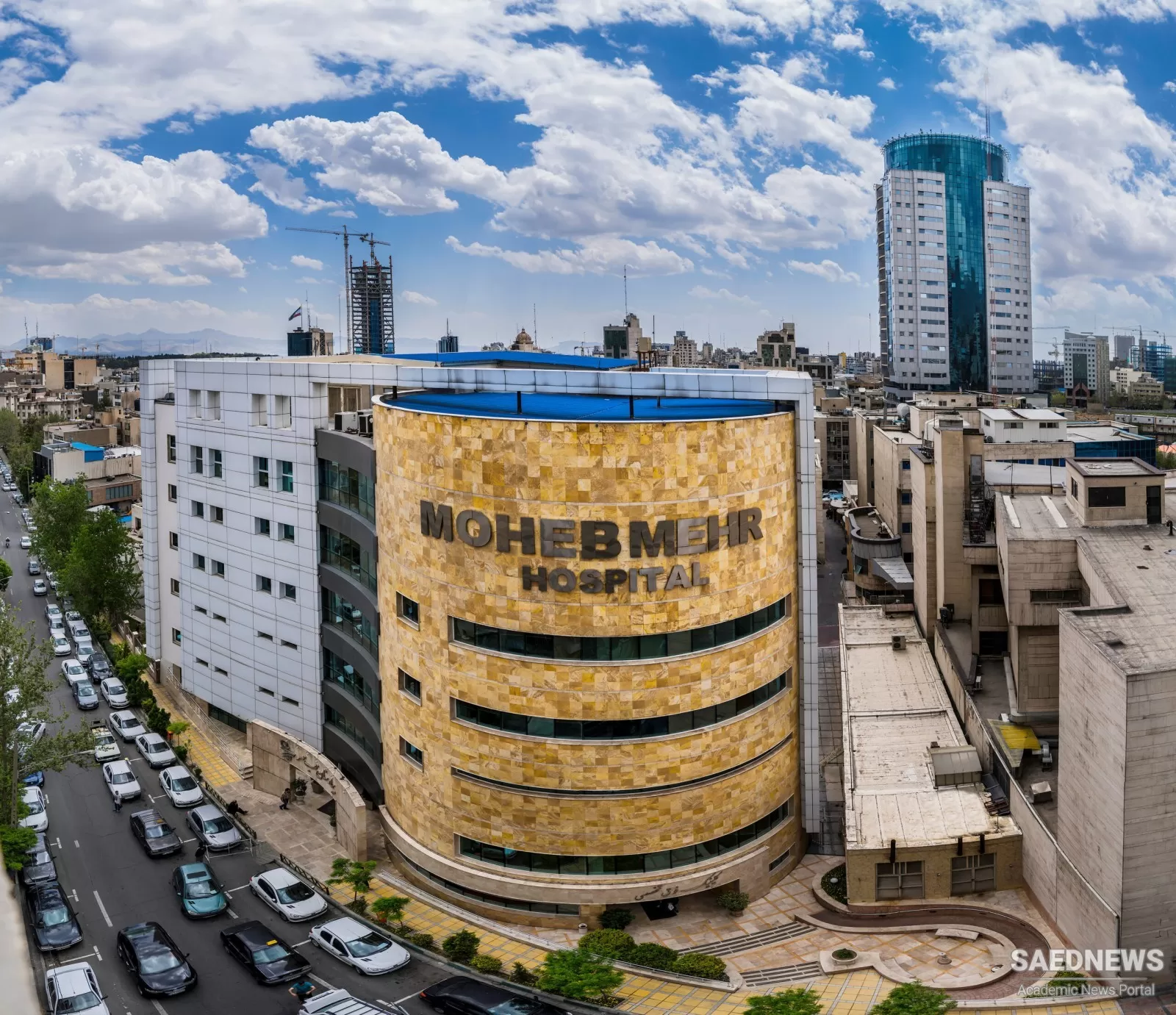
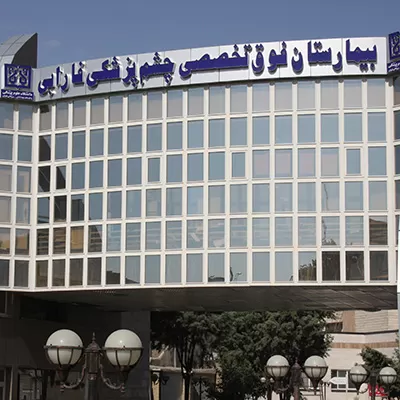









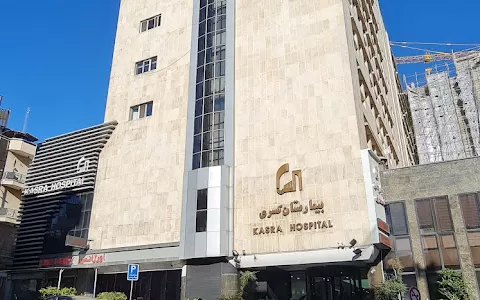

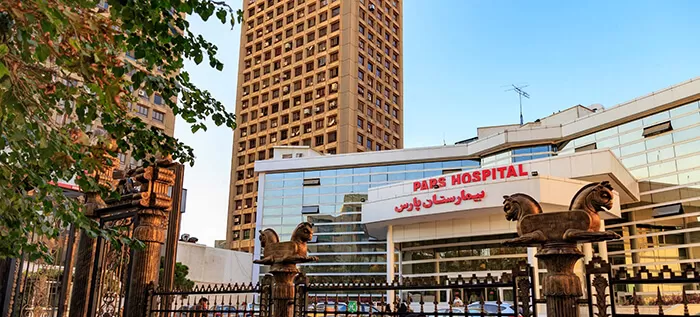

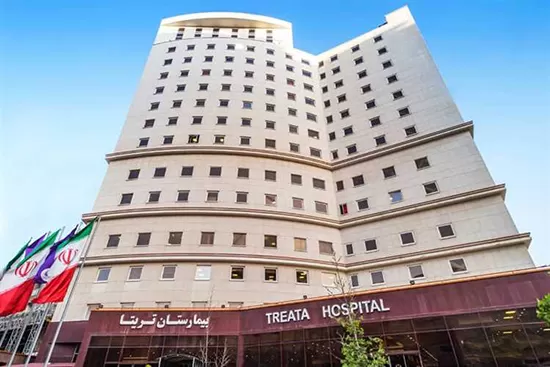

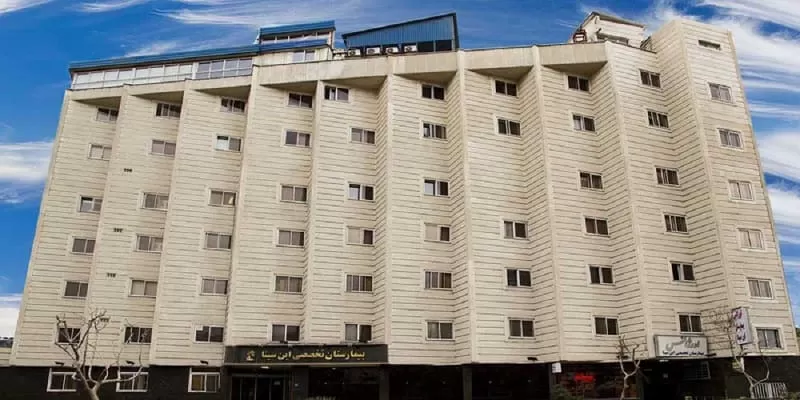





![Frequently asked question about [name]](/v2tem/images/pages/service/faq-image.webp)
